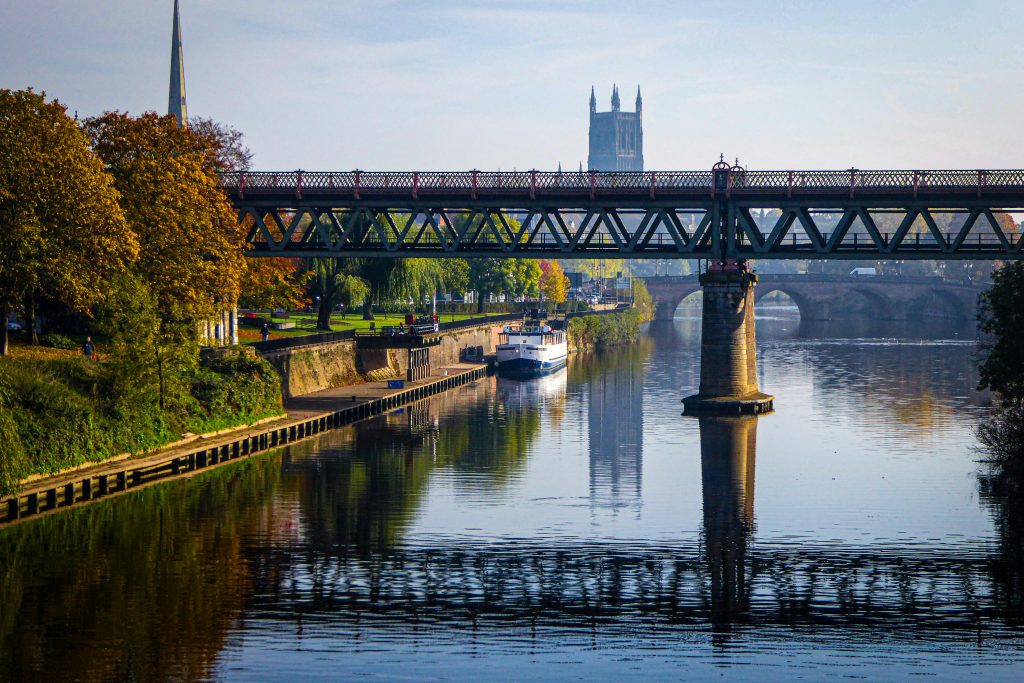Severn & Wye Nature has secured substantial government funding through the NEIRF scheme to support our work with farmers, as part of an ambitious project to restore nature in flood-affected areas along the River Severn, the Warwickshire Avon and their many tributaries.
The NEIRF scheme currently funds 86 projects across the country, helping farmers to develop nature-friendly projects that produce vital revenue, while building a sustainable economic model that can be reproduced at scale.
Our NEIRF project aims to build a financial model to help farmers make change happen.
The scale of the work
21,000km2
of England and Wales in included in the River Severn Basin District, encompassing a total of 792 waterbodies (Environment Agency)
£98,000
of funding received through the NEIRF scheme to support our work with farmers in the Severn Vale
5 million
people live in the River Basin district who will reap the benefits of a robust and healthy environment (Environment Agency)
Building a financial model
Many farmers are enthusiastic about improving the natural environment, but change will only happen if it’s affordable and makes financial sense.
Our NEIRF project aims to find new ways of attracting funding for nature-friendly changes to the way farmland is used. The land use changes might include introducing wetlands, floodplain meadows and woodland, but each one needs to be funded.
We’re working together to develop a financial model for these kinds of changes – to benefit both landowners and nature. It can then be rolled out across the Severn and Wye regions.
Our partners in the floodplains project
- Finance Earth (NEIRF finance partner)
- National Trust
- Shropshire Wildlife Trust
- Severn Rivers Trust
- Warwickshire Wildlife Trust
Testing the model on pilot farms
Our work focuses on three farms in Shropshire, where flooding has had an impact.
First we’ve assessed the farms’ current financial output on selected sites. We’ve measured what the natural environment is like today, and mapped the potential for improvement – both for nature and for farm economics.
We’re examining the scope for possible change by look at three nature-friendly solutions: the creation of diverse wetland habitat, the expansion of woodland along our riverbanks, and the restoration of valuable floodplain meadows.
Then we’re exploring revenue options, including in relation to BNG, Carbon and meeting Corporate Social Responsibility goals. We’re also talking to businesses with needs directly linked to the local natural environment.


